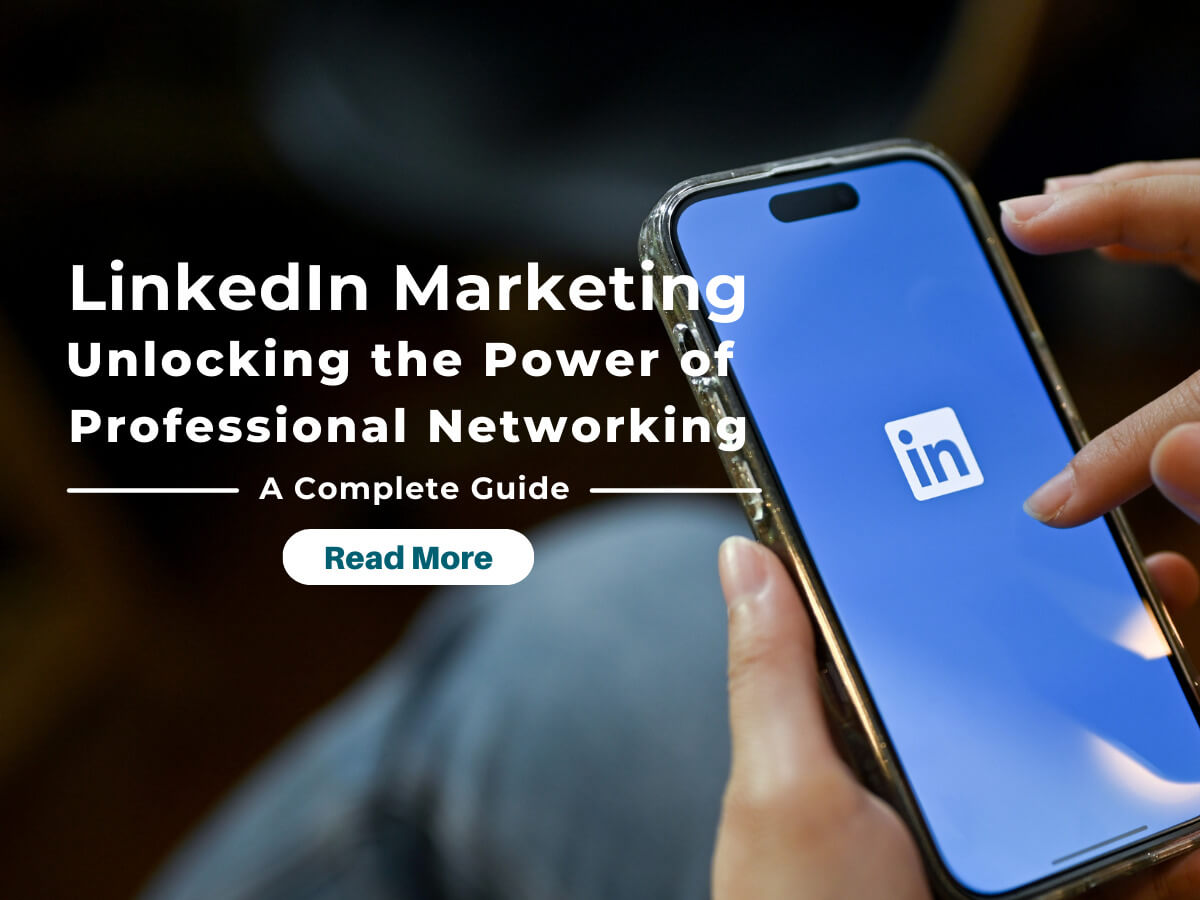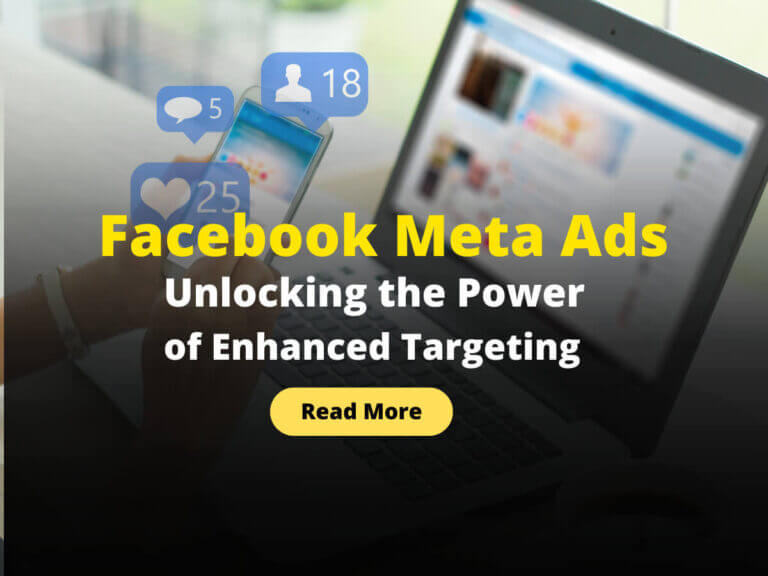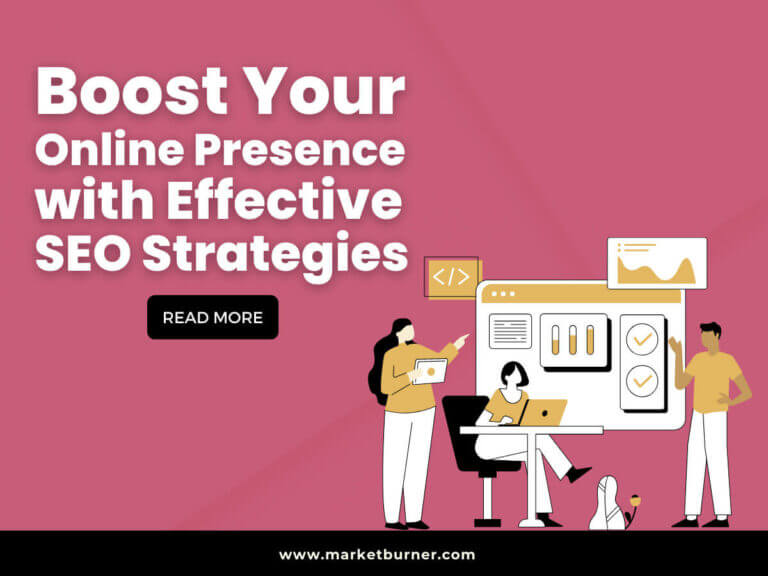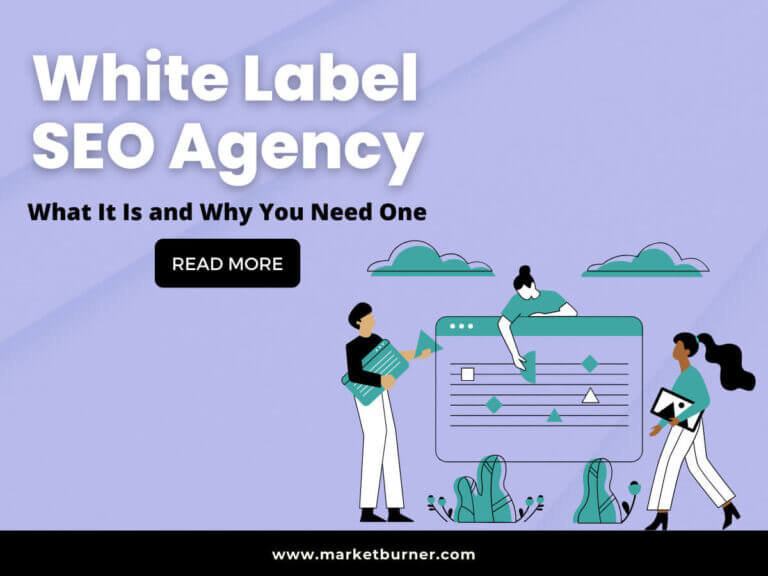LinkedIn has become an indispensable platform for professionals and businesses alike, offering unique opportunities for marketing and networking. With its vast user base and business-oriented features, LinkedIn provides an ideal environment for promoting products, establishing thought leadership, and connecting with industry influencers. In this article, we will explore the strategies and best practices to harness the power of LinkedIn marketing effectively.
Table of Contents
1. Introduction to LinkedIn Marketing
LinkedIn marketing refers to the process of utilizing LinkedIn's features and functionalities to promote products, services, or personal brands. It involves creating a strong online presence, engaging with relevant communities, and leveraging the platform's advertising capabilities. LinkedIn offers a wealth of possibilities for marketers to reach a highly targeted audience and build meaningful professional relationships.
2. Benefits of Using LinkedIn for Marketing
LinkedIn offers several distinct advantages for marketers:
- Targeted Audience: LinkedIn boasts a user base primarily composed of professionals, making it an ideal platform to reach decision-makers, industry experts, and potential customers in specific industries or job roles.
- Enhanced Brand Visibility: By creating an optimized LinkedIn profile and sharing valuable content, businesses can increase their visibility and establish themselves as industry leaders.
- Lead Generation: LinkedIn's advanced search capabilities enable marketers to identify and connect with potential leads based on specific criteria such as industry, location, and job title.
- Thought Leadership: Through publishing insightful articles and engaging in relevant discussions, marketers can position themselves as thought leaders in their respective fields.
- Networking Opportunities: LinkedIn provides a platform for expanding professional networks, fostering partnerships, and staying connected with industry peers.
3. Creating an Optimized LinkedIn Profile
To maximize the impact of LinkedIn marketing efforts, it is crucial to create a well-optimized profile that reflects your professional brand. Here are key steps to follow:
Choosing a Professional Profile Picture
Your profile picture is the first impression you make on potential connections and visitors. Use a high-quality, professional-looking photo that represents your brand and industry appropriately.
Writing a Compelling Headline and Summary
Craft a headline that grabs attention and clearly communicates your expertise or value proposition. In the summary section, highlight your unique skills, experience, and accomplishments. Use keywords relevant to your industry to enhance searchability.
Highlighting Relevant Experience and Skills
In the experience section, detail your professional journey, including past roles, achievements, and responsibilities. Additionally, showcase your skills by adding them to your profile. This helps establish credibility and makes it easier for others to find you.
4. Building a Strong LinkedIn Network
Expanding your network is a fundamental aspect of LinkedIn marketing. Here's how to build a robust network:
Connecting with Industry Professionals
Search for industry professionals, colleagues, clients, and potential partners to connect with. Personalize connection requests to increase the likelihood of acceptance and engage in meaningful conversations.
Joining Relevant Groups and Communities
Identify and join LinkedIn groups that align with your interests, industry, or target audience. Actively participate in discussions, share valuable insights, and establish yourself as a valuable contributor.
5. Publishing Engaging Content on LinkedIn
Content creation plays a pivotal role in LinkedIn marketing success. Consider the following aspects when publishing content:
Understanding the LinkedIn Algorithm
LinkedIn's algorithm determines the visibility of your content. To increase reach, aim for high engagement rates by creating content that resonates with your target audience.
Writing Insightful Articles and Posts
Craft well-researched articles and posts that provide valuable insights, actionable tips, and thought-provoking ideas. Utilize storytelling techniques and include multimedia elements to make your content more engaging.
Utilizing Multimedia Content Effectively
Incorporate visually appealing images, videos, and infographics in your posts to enhance their appeal. Multimedia content tends to attract higher engagement and better capture the attention of LinkedIn users.
6. Leveraging LinkedIn Groups for Marketing
LinkedIn groups offer an excellent avenue for targeted marketing and engagement. Follow these steps to leverage their potential:
Finding and Joining Relevant Groups
Search for groups related to your industry, niche, or target audience. Evaluate their engagement levels and rules before joining. Focus on quality rather than quantity when selecting groups to join.
Engaging with Group Members and Discussions
Actively participate in group discussions by sharing insights, answering questions, and offering valuable advice. Engage with other group members' content, fostering meaningful relationships and demonstrating your expertise.
Sharing Valuable Insights and Resources
Share relevant articles, blog posts, and resources with the group. This positions you as a helpful resource and increases your visibility among group members.
7. Using LinkedIn Ads for Targeted Marketing
LinkedIn's advertising platform provides powerful tools to target specific audiences. Follow these steps to leverage LinkedIn ads effectively:
Setting up LinkedIn Ad Campaigns
Define your advertising objectives, select the desired ad format (text ads, sponsored content, or message ads), and set a budget for your campaign. LinkedIn's ad manager makes it easy to create and launch campaigns.
Defining Target Audience and Objectives
Identify your target audience based on criteria such as industry, job title, seniority, and location. Craft compelling ad copy and visuals that resonate with your target audience and align with your campaign goals.
Monitoring and Optimizing Ad Performance
Regularly monitor the performance of your LinkedIn ad campaigns. Analyze metrics such as click-through rates, conversions, and engagement. Optimize your campaigns by adjusting targeting parameters, ad creatives, and bidding strategies as needed.
8. Measuring Success and Tracking Analytics
To gauge the effectiveness of your LinkedIn marketing efforts, it's essential to track and analyze key metrics. Consider the following metrics:
Analyzing Engagement Metrics
Evaluate the engagement levels of your posts, articles, and ads. Look at metrics such as likes, comments, shares, and click-through rates to determine which content resonates most with your audience.
Monitoring Profile and Content Reach
Track the number of profile views, connections, and followers over time. Additionally, analyze the reach and impressions of your content to understand its impact and identify opportunities for improvement.
Adjusting Strategies Based on Data
Use the insights gained from analytics to refine your LinkedIn marketing strategies. Experiment with different content formats, posting times, and engagement techniques to optimize your results continually.
9. Tips for Effective LinkedIn Marketing
Consider these additional tips to enhance your LinkedIn marketing efforts:
Consistency in Posting and Engagement
Regularly publish valuable content and engage with your connections and groups. Consistency helps establish your presence and keep you top-of-mind with your audience.
Building Relationships with Connections
Focus on building genuine relationships with your connections. Engage in meaningful conversations, provide support, and offer assistance whenever possible.
Leveraging LinkedIn Pulse for Thought Leadership
LinkedIn Pulse allows you to publish long-form articles and reach a broader audience. Use this feature to establish yourself as a thought leader in your industry and expand your reach.
10. Conclusion
LinkedIn marketing presents immense opportunities for professionals and businesses to connect, engage, and grow. By optimizing your profile, building a strong network, publishing engaging content, utilizing LinkedIn groups and ads, and tracking your results, you can unlock the full potential of LinkedIn as a marketing tool. Embrace the power of LinkedIn and take your marketing efforts to new heights.
Frequently Asked Questions (FAQs)
How can I optimize my LinkedIn profile for maximum visibility?
To optimize your LinkedIn profile for maximum visibility, make sure to choose a professional profile picture, write a compelling headline and summary, and highlight your relevant experience and skills. Use keywords in your profile to improve searchability, engage with others' content, and regularly update your profile with fresh content.
What are the best practices for publishing content on LinkedIn?
When publishing content on LinkedIn, it's essential to provide valuable insights, use storytelling techniques, and incorporate multimedia elements like images and videos to make your content more engaging. Consistency is key, so aim to post regularly, engage with your audience by responding to comments, and utilize relevant hashtags to increase the discoverability of your content.
How can I effectively utilize LinkedIn groups for marketing?
To effectively utilize LinkedIn groups for marketing, start by finding and joining relevant groups in your industry or target audience. Actively participate in group discussions by sharing valuable insights, answering questions, and offering advice. By establishing yourself as a valuable contributor, you can increase your visibility, expand your network, and generate leads.
What are the key steps to set up LinkedIn ad campaigns?
To set up LinkedIn ad campaigns, define your advertising objectives, choose the ad format that aligns with your goals (text ads, sponsored content, or message ads), and set a budget. Identify your target audience based on criteria like industry, job title, and location. Craft compelling ad copy and visuals, monitor the performance of your ads, and make adjustments to optimize their effectiveness.
Which metrics should I track to measure the success of my LinkedIn marketing efforts?
To measure the success of your LinkedIn marketing efforts, track metrics such as engagement rates (likes, comments, shares), click-through rates, profile views, connection growth, and content reach. Analyzing these metrics will provide insights into the effectiveness of your strategies and help you refine your approach for better results.
Remember, LinkedIn marketing is an ongoing process that requires consistency, engagement, and continuous improvement. By implementing these best practices and monitoring your results, you can maximize the impact of your LinkedIn marketing efforts and achieve your business goals.
People also ask
How is LinkedIn used for marketing?
LinkedIn is a powerful platform that can be used for marketing in various ways. It allows businesses and professionals to connect with their target audience, build brand awareness, generate leads, and establish thought leadership. Some common strategies for using LinkedIn for marketing include optimizing your profile for visibility, publishing valuable content, engaging in relevant groups and discussions, utilizing LinkedIn ads, and leveraging its networking capabilities.
What is paid LinkedIn marketing?
Paid LinkedIn marketing refers to the use of advertising options provided by LinkedIn to promote products, services, or personal brands. It involves setting up paid campaigns using features like sponsored content, text ads, or message ads to reach a targeted audience on the platform. Paid LinkedIn marketing enables businesses to increase their visibility, generate leads, and drive conversions by leveraging the platform's extensive user data and professional targeting options.
How do I market myself on LinkedIn?
To market yourself effectively on LinkedIn, start by creating an optimized profile that showcases your expertise and experience. Connect with relevant professionals and engage in meaningful conversations. Publish insightful content, including articles and posts, to demonstrate your knowledge and thought leadership. Actively participate in relevant groups and communities, sharing valuable insights and resources. Utilize LinkedIn's networking features and take advantage of opportunities to build relationships and expand your professional network.
What is LinkedIn advertising?
LinkedIn advertising refers to the use of paid advertising options provided by LinkedIn to promote products, services, or brands. It allows businesses to create targeted ad campaigns to reach specific audiences on the platform. LinkedIn offers various ad formats, including sponsored content, text ads, and message ads, which can be tailored to meet different marketing objectives such as brand awareness, lead generation, or website traffic. LinkedIn advertising provides robust targeting capabilities based on factors like industry, job title, seniority, and more.
Why is LinkedIn best for B2B marketing?
LinkedIn is particularly well-suited for B2B marketing due to its professional user base and business-oriented features. It offers a platform where businesses can connect with decision-makers, industry professionals, and potential clients in specific industries or job roles. With its robust networking capabilities, targeted advertising options, and thought leadership opportunities, LinkedIn provides a highly effective channel for B2B marketers to reach and engage with their target audience, establish credibility, and generate quality leads.
What type of marketing is LinkedIn?
LinkedIn is primarily a professional networking platform that facilitates social media marketing and content marketing. It allows businesses and professionals to build relationships, share valuable content, engage in discussions, and promote their products or services. Additionally, LinkedIn offers advertising options that fall under the category of paid social media marketing. These include sponsored content, text ads, and message ads, providing opportunities for businesses to advertise and reach their target audience effectively.
Remember, leveraging LinkedIn for marketing requires a comprehensive strategy that aligns with your specific goals and target audience. By utilizing its features and capabilities strategically, you can harness the power of LinkedIn to boost your marketing efforts and achieve your desired results.




